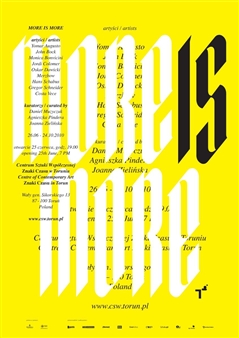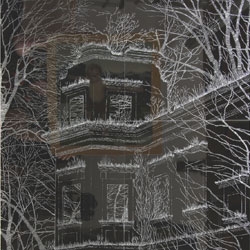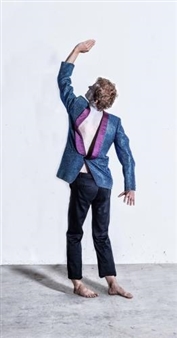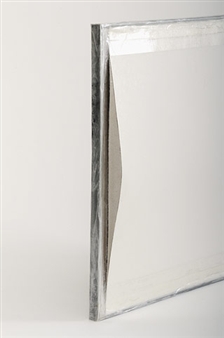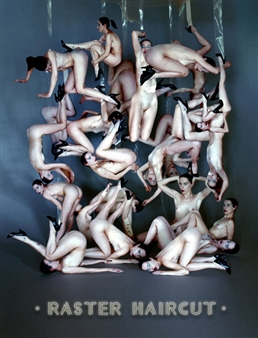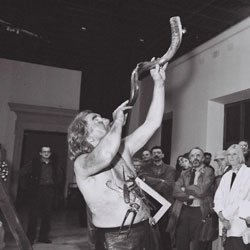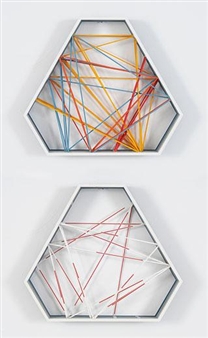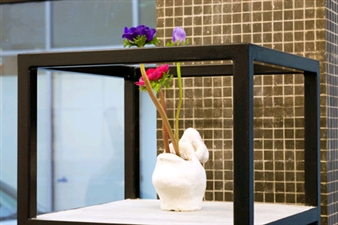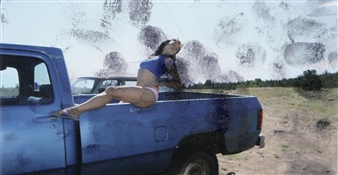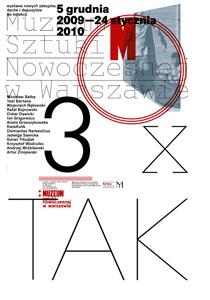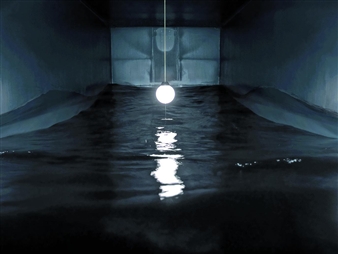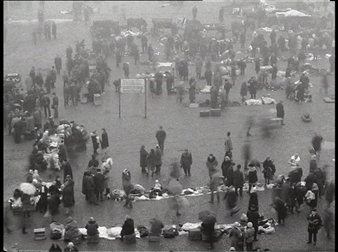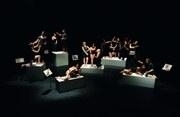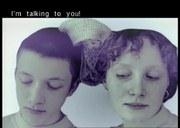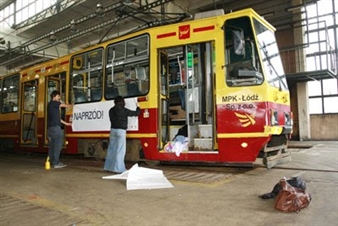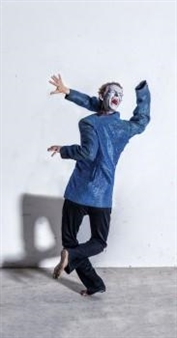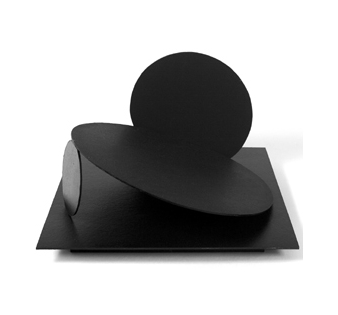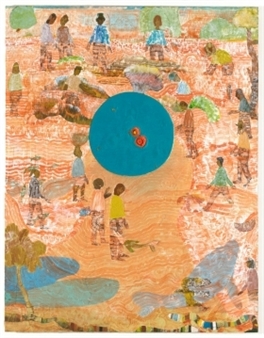Love at the Edge
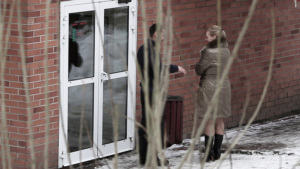
Galeria Arsenal power station, Podlaskie, Bialystok, 05/29/2015 - 08/16/2015
ul. Elektryczna 13, Białystok
The exhibition Love at the Edge explores expressions of love as an ailing force amid social, political, and personal conflict. Passion and determination empowered women across Eastern Europe to overcome situations of loss, rape, war, displacement, identity, and homelessness through agency, communal exchange, responsibility, hospitality, redemption, as they highlight the hidden details or in-between-ness of broader social, cultural and political turmoil. In this context, “Love” can have many shapes, and alludes to the experience of being on the edge: the edge between desire and desperation, exhilaration and angst, passion and destruction, life and death. The artworks to be shown at this exhibition can also be perceived as social documents as artists are witnesses or mediators of the conflicts their works address, showing not a time line, but a variety of dialogues in diverse locations within the last five decades. Another important intention of the exhibition is to blur the social and geopolitical distinctions between ethnic, racial, cultural, and national identities, while accentuating local and global as dialogical and interactive.
Love at the Edge at the Arsenal Gallery in Bialystok explores the concept of love as it relates to the experience of being on the edge of desire or desperation, passion or transgression. Featuring videos and new media works by 18 Eastern European women artists, the exhibition highlights the potentialities of love as both political and sensorial imaginaries, blurring reality and fiction, private and public, individual and collective. Through the stories that permeate the shifting paradigms of specific historical and cultural moments, love becomes the sensuous and mediating perception that allows new possibilities of remembering and engaging, realizing and healing, acting out and playing out. The videos and sound installations can also be perceived as social documents or witnessing mediators, reenacting earlier political conflicts while envisioning new attitudes of transgression and nurturing. The confluence between personal and political can be pointed out in several works, but it is the reenactment of traumatic experiences through voicing, hearing, seeing, and gesturing that become the main agents for both personal and collective healing.
For More Information